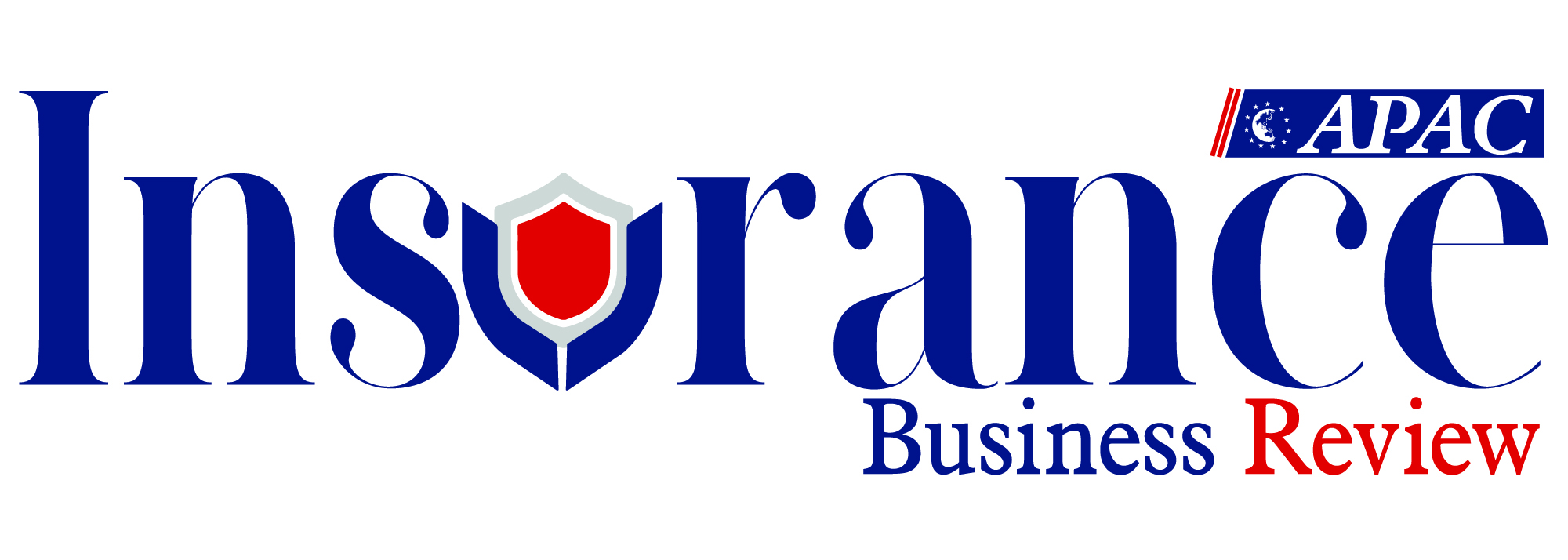Thank you for Subscribing to Insurance Business Review Weekly Brief
Insurance Strategies for Latin America's Infrastructure Future
Latin America can enhance infrastructure investment by using insurance and risk transfer mechanisms, reducing project risks and attracting private capital for sustainable development.

By
Insurance Business Review | Wednesday, October 08, 2025
Stay ahead of the industry with exclusive feature stories on the top companies, expert insights and the latest news delivered straight to your inbox. Subscribe today.
Fremont, CA: Infrastructure development is a critical engine for economic growth, job creation, and improved quality of life across Latin America. However, the region’s ambitious infrastructure pipeline is often hampered by significant risks, deterring essential private investment. Governments, in partnership with the private sector, have a powerful yet frequently underutilized tool at their disposal to bridge this investment gap: insurance and risk transfer mechanisms.
By strategically deploying insurance solutions, Latin American governments can substantially reduce project risk, making them more attractive to institutional and private investors and ultimately fostering a more resilient and sustainable infrastructure landscape.
Strategic Insurance Mechanisms for De-Risking
Governments can leverage a broad spectrum of insurance and risk transfer instruments to mitigate political, financial, and climate-related risks while catalyzing private capital for infrastructure development. Political Risk Insurance (PRI) and guarantees are crucial in protecting investors and lenders from non-commercial risks, including expropriation, currency inconvertibility, non-payment under government contracts, and political violence. By collaborating with Multilateral Development Banks (MDBs) and specialized private insurers to co-develop or backstop PRI products, governments can signal strong policy commitment, enhance credibility, and reduce premium costs for private sector partners. Similarly, catastrophe and climate risk transfer mechanisms—such as participation in sovereign risk pools like the Caribbean Catastrophe Risk Insurance Facility (CCRIF SPC), the issuance of catastrophe bonds (Cat Bonds), and the use of parametric insurance—enable governments to secure rapid post-disaster liquidity, transfer high-severity risks to global investors, and ensure faster infrastructure recovery following natural disasters.
In parallel, performance and credit enhancement tools strengthen the financial viability and performance reliability of infrastructure projects. Subnational development banks (SDBs), often in partnership with MDBs, can offer guarantees or risk-sharing mechanisms to mitigate the credit risk of local government off-takers in Public-Private Partnerships (PPPs), unlocking critical financing for municipal infrastructure. Energy Savings Insurance (ESI) products also guarantee expected energy savings for efficiency projects, reducing lender risk and encouraging investment in green infrastructure.
The Flow of Information and Actionable Steps for Governments
To maximize the impact of insurance as a de-risking tool, governments must adopt a structured and integrated approach spanning from risk identification to resilience building. This process begins with a comprehensive risk mapping of public assets and pipeline projects, particularly those that are exposed to climate and disaster risks. By leveraging data-driven modeling and parametric triggers, governments can prioritize high-risk projects for insurance, gaining clarity on exposure and coverage needs. Establishing a robust policy and enabling framework is equally crucial—clear legal and regulatory structures for public-private partnerships (PPPs) and risk-sharing, combined with the integration of disaster risk reduction (DRR) into public investment planning, create an environment in which political risk insurance (PRI) and multilateral development bank (MDB) guarantees are both sound and enforceable, thereby strengthening investor confidence and transparency.
Early engagement with the global insurance and reinsurance markets, as well as MDBs, enables the co-design of tailored PRI, credit guarantees, and catastrophe bonds (Cat Bonds). At the same time, standardizing contracts helps optimize insurance costs and effectively transfer risk to capable parties. In the implementation phase, governments should secure appropriate risk transfer instruments and reinvest insurance or Cat Bond savings into DRR measures and resilient infrastructure design. Paying premiums for sovereign risk pool memberships and utilizing environmental and social insurance (ESI) for smaller-scale green projects can further enhance financial stability, accelerate post-disaster recovery, and ensure long-term infrastructure resilience.
For Latin American governments, insurance is more than just a financial safety net; it is a catalytic investment tool. By systematically applying sovereign risk transfer mechanisms to address high-severity natural hazards and employing commercial and MDB-backed PRI to mitigate political uncertainty, governments can directly address the primary anxieties of private investors. This strategic use of the insurance sector not only de-risks individual projects but also transforms the entire Latin American infrastructure ecosystem, creating a more stable, resilient, and attractive destination for long-term, sustainable capital.
More in News






